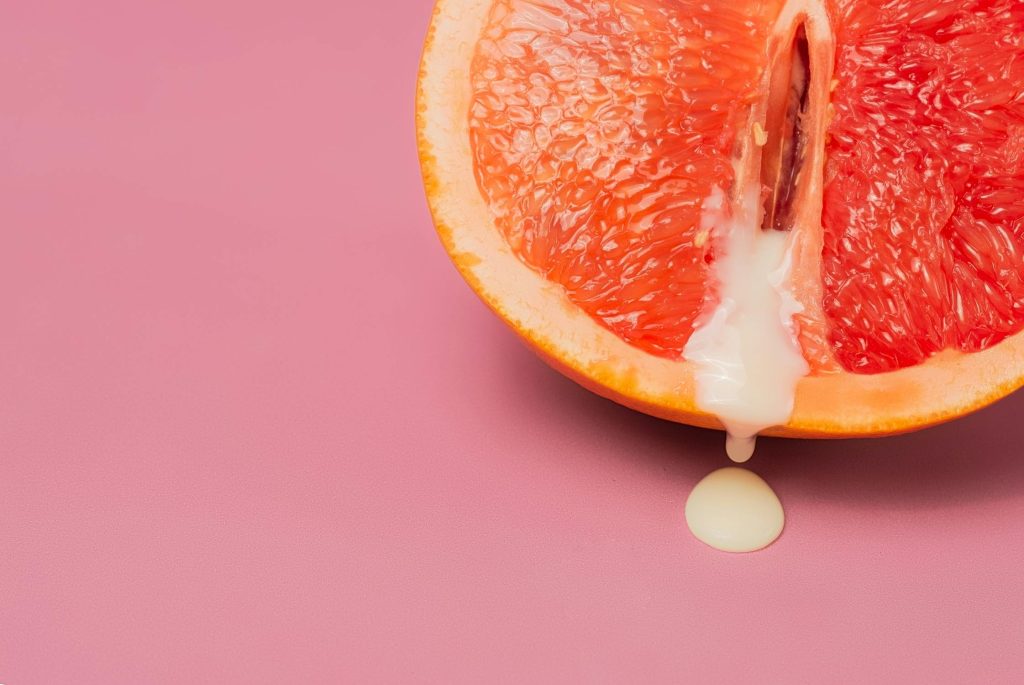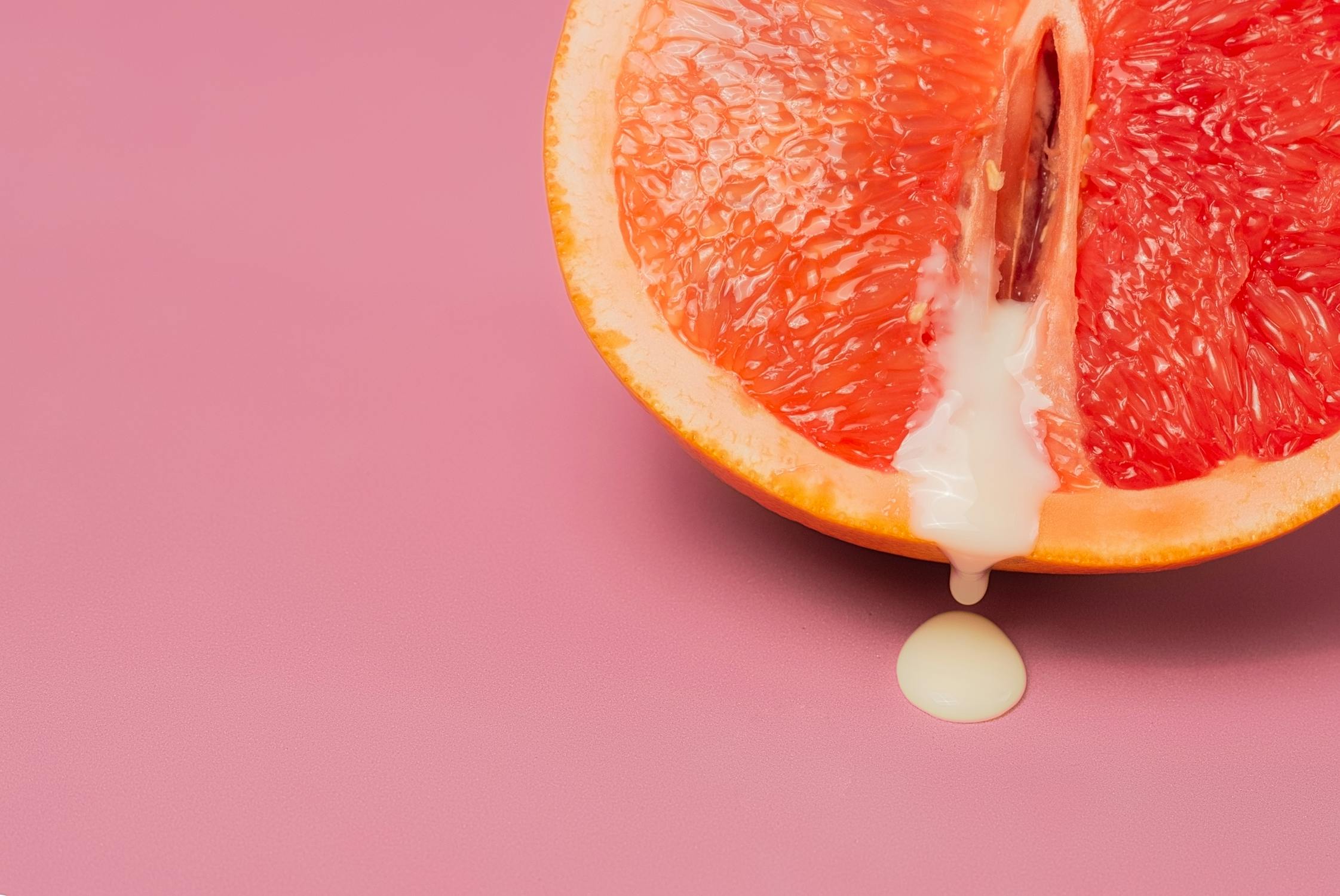For some of us, romance novels and porn have formed the foundation for how we perceive sex. Unfortunately, though, romance novels have done a poor job of presenting the reality of sex; what it is and what it is not. They have exaggerated (for lack of a better word) the entire sexual experience.
This has created a lot of myths about female orgasms. And for those whose only sexual exposure prior to their first sexual experience were these novels, they tend to feel disappointed when their realistic sexual experiences fall short of the expectations they have conceived from romance stories.
Today, we will bust 5 of these myths surrounding a woman’s sexual experience with regards to orgasms.
Women do not want sex as much as men do

Research suggests that women’s sexual desire is more context-dependent than men’s, meaning it’s often linked to emotional intimacy and connection. Women may prioritize emotional closeness and communication over frequency of sex.
In fact, a study published found that patterns of desire are remarkably similar for men and women when measured over the short term, although there is some evidence that women may show greater variability in desire over the longer term.
It’s essential to remember that individual differences in sexual desire are significant, regardless of gender. That’s why communication and understanding are very important to navigating sexual desire in any relationship.
A partner can always tell if a woman has had an orgasm

Romance novels really fostered this myth. This isn’t completely true. While some women may exhibit visible signs of orgasm, such as muscle contractions, moaning or vocalization, increased heart rate, flushing or redness, these signs don’t necessarily confirm an orgasm. Some women may not display any visible signs, and others may fake orgasms.
The best way to know if a woman has had an orgasm is to communicate with her directly. Ask her how she’s feeling, if she’s enjoying herself, and if she’s reached orgasm. Communication and mutual understanding are key to a healthy and satisfying sexual experience.
Women need to orgasm to have pleasurable sex

No, it’s not true that women need to orgasm to have pleasurable sex. These myths about female orgasms perpetuated by romance novels have us believing that every sexual experience must end with a climax. And if you didn’t orgasm, it’s because the sex was bad. While orgasms can be a part of pleasurable sex, they aren’t the only factor. Many women find sex enjoyable and pleasurable even if they don’t reach orgasm.
Sexual pleasure is complex and personal, and women’s experiences vary widely. Some may enjoy:
– Intimacy and connection with their partner
– Sensual touch and foreplay
– Emotional connection and communication
– Exploring their body and sexuality
– The journey, not just the destination (orgasm)
The G-spot is key to a good orgasm

This is one of the biggest myths about female orgasms. The existence of the G-spot has been debated for years and is often hyped as the key to a good orgasm. But, if it exists then it’s not the only factor, and its importance can vary from person to person.
The G-spot is said to be a sensitive area located on the front wall of the vagina, and stimulating it can lead to intense pleasure and orgasm for some women. However, it doesn’t mean that others may find it as sensitive or may be able to achieve orgasm through G-spot stimulation alone.
The truth is, every woman’s body is unique, and what works for one person may not work for another. The key to a good orgasm is understanding your own body and what works for you, whether that’s G-spot stimulation, clitoral stimulation, or a combination of both.
Communication, exploration, and mutual pleasure are the real keys to a good orgasm!
Vaginal lubrication is equivalent to an erection / Dryness means you’re not turned on

It’s not true that vaginal lubrication is equivalent to an erection, and dryness doesn’t necessarily mean you’re not turned on. Romance novels had us believing that if you were not dripping like a waterfall then you were not even ready for sex.
Vaginal lubrication is a natural response to arousal, but it’s not a direct equivalent to an erection. Lubrication can occur due to various factors, such as arousal, hormonal changes, natural vaginal secretions, medications and even fear or anxiety!
Regarding dryness, it’s important to remember that:
– Lubrication can vary throughout the menstrual cycle
– Hormonal changes during menopause or breastfeeding can affect lubrication
– Medications, stress, and certain medical conditions can also impact lubrication
– Arousal and desire can be present even if lubrication is not
Communication and exploration can help you understand your body and your partner’s body better. Don’t assume that dryness means a lack of arousal or desire!
In conclusion, the facts are that:
– Vaginal lubrication is not fully an indication of arousal.
– Orgasms are not solely dependent on a ‘G Spot’.
– If you don’t orgasm during sex, it doesn’t mean the sex wasn’t pleasurable.
– Your partner may or may not know when you orgasm.
– Women do not have a lesser desire for sex compared to men.
Did you learn something new? Then share this article with someone who needs to know this too. Join our Sex and Intimacy community on Fusion for more informative and naughty content.






5,282 Responses
Ed Pills Easy Buy: erection pills – ed pills
fluoxetine: Mental Health Easy Buy – MentalHealthEasyBuy
Trazodone sertraline Mental Health Easy Buy
ed pills Ed Pills Easy Buy ed pills
https://mentalhealtheasybuy.xyz/# Trazodone
https://edpillseasybuy.com/# ed treatments
https://heartmedseasybuy.com/# Blood Pressure Meds
buy lisinopril online: Losartan – Metoprolol
https://edpillseasybuy.xyz/# ed pills
escitalopram buy AntiDepressants online Trazodone
ed pills erectile dysfunction EdPillsEasyBuy
https://mentalhealtheasybuy.com/# Trazodone
erectile dysfunction: ed medicine – erectile dysfunction
http://heartmedseasybuy.com/# Amlodipine
buy diabetes medicine online: Empagliflozin – DiabetesMedsEasyBuy
Losartan: buy blood pressure meds – Metoprolol
bupropion: duloxetine – escitalopram
Lisinopril Hydrochlorothiazide Metoprolol
http://mentalhealtheasybuy.com/# Mental Health Easy Buy
https://heartmedseasybuy.xyz/# HeartMedsEasyBuy
http://heartmedseasybuy.com/# Heart Meds Easy Buy
DiabetesMedsEasyBuy: DiabetesMedsEasyBuy – DiabetesMedsEasyBuy
Blood Pressure Meds: Carvedilol – Hydrochlorothiazide
Diabetes Meds Easy Buy Insulin glargine Insulin glargine
https://diabetesmedseasybuy.com/# buy diabetes medicine online
ed pills cheap: ed medicine – ed medicine
Mental Health Easy Buy bupropion fluoxetine
http://edpillseasybuy.com/# Ed Pills Easy Buy
http://mentalhealtheasybuy.com/# MentalHealthEasyBuy
Hydrochlorothiazide: cheap hydrochlorothiazide – Amlodipine
Blood Pressure Meds: buy lisinopril online – Metoprolol
buy AntiDepressants online AntiDepressants buy AntiDepressants online